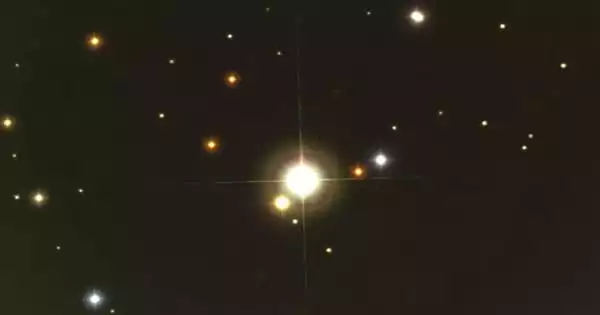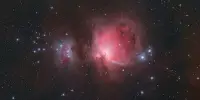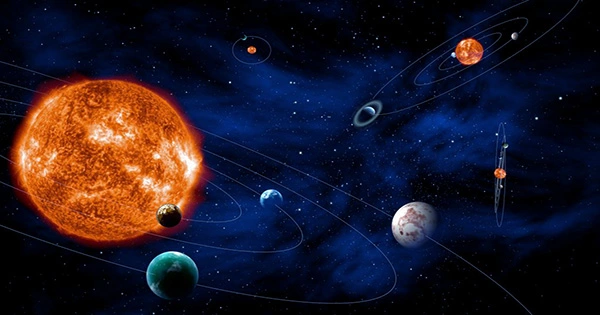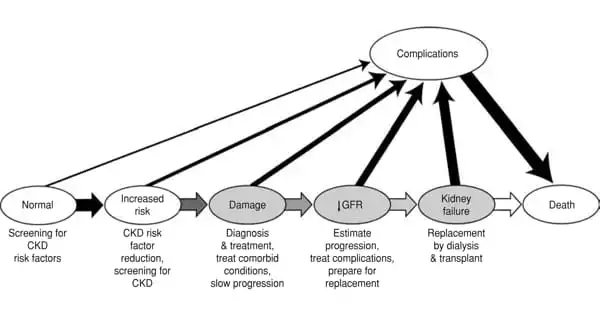Gliese 667 is a triple-star system in the constellation Scorpius located 6.8 parsecs (22 light-years) from Earth. The masses of the three stars are all less than that of the Sun. A 12th-magnitude star is close to the other three, although it is not gravitationally connected to the system. To the naked eye, the system appears to be a single dim star of magnitude 5.89.
The system has a reasonably high proper motion, reaching 1 second of arc per year.
Gliese 667 is a 22-light-year-away triple star system in the constellation Scorpius. Gliese 667 C is home to at least six planets. Three of them, all of which are Super-Earths, are in the habitable zone. Because the habitable zone is so densely packed, any additional planet is likely to disrupt the system. Gliese 667 C b is a planet that is too close to the star and is not in the habitable zone.
GJ 667 A and GJ 667 B, the two brightest stars in this system, orbit each other at an average angular separation of 1.81 arcseconds with a high eccentricity of 0.58. At the estimated distance of this system, corresponds to a physical separation of around 12.6 AU, or nearly 13 times the distance between the Earth and the Sun. Their eccentric orbit gets them as close as 5 AU or as far as 20 AU apart, equating to an eccentricity of 0.6.
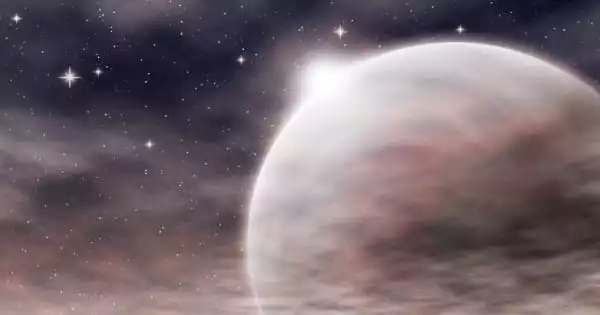
This orbit takes 42.15 years to complete, and the orbital plane is inclined at an angle of 128° to the line of sight from Earth. The third star, GJ 667 C, orbits the GJ 667 AB pair at an angular separation of around 30″, which amounts to a minimum separation of 230 AU. GJ 667 C also features two verified super-Earths and five other candidates, albeit the innermost, GJ 667 Cb, may be a gas dwarf; GJ 667 Cc, as well as the problematic Cf and Ce, are in the circumstellar habitable zone.
At least six planets can be found in Gliese 667 C. Three of them, all of which are Super-Earths, are in the habitable zone. Because the habitable zone is so densely packed, any additional planet is likely to disrupt the system. Gliese 667 C g is outside the habitable zone and so cannot support liquid water on its surface.
Compact systems revolving around Sun-like stars have been discovered to be common in the Milky Way. Planets circling close to such stars are extremely hot and are unlikely to be habitable. This is not the case with stars that are colder and brighter, such as Gliese 667C. In this situation, the habitable zone is totally contained within an orbit the size of Mercury, which is far closer in than the orbit of our Sun. The Gliese 667C system is the first example of a system where such a low-mass star is seen to host several potentially rocky planets in the habitable zone.
